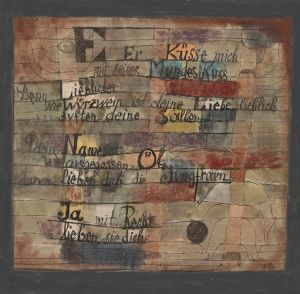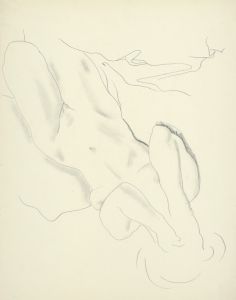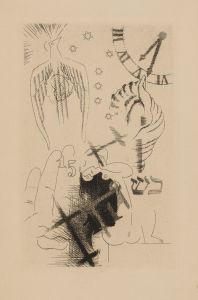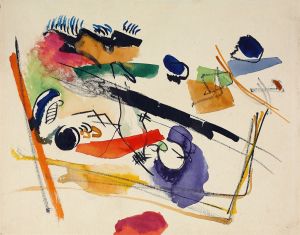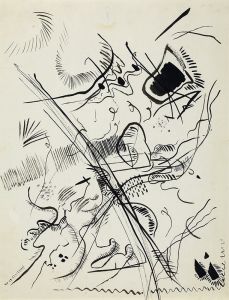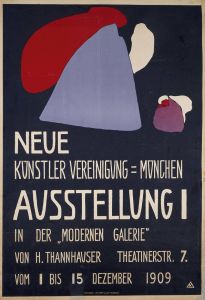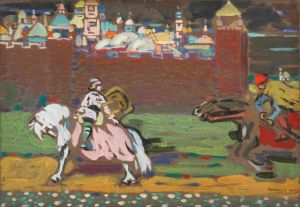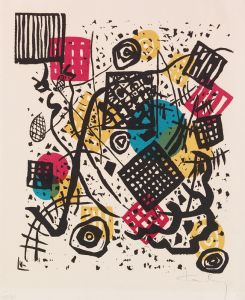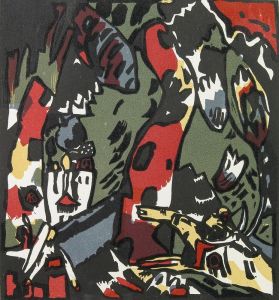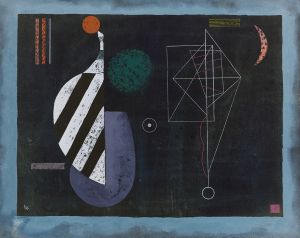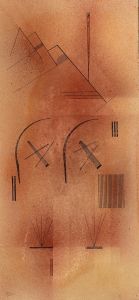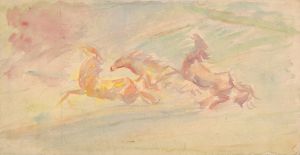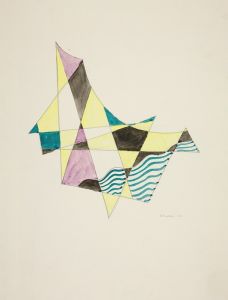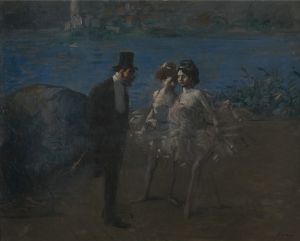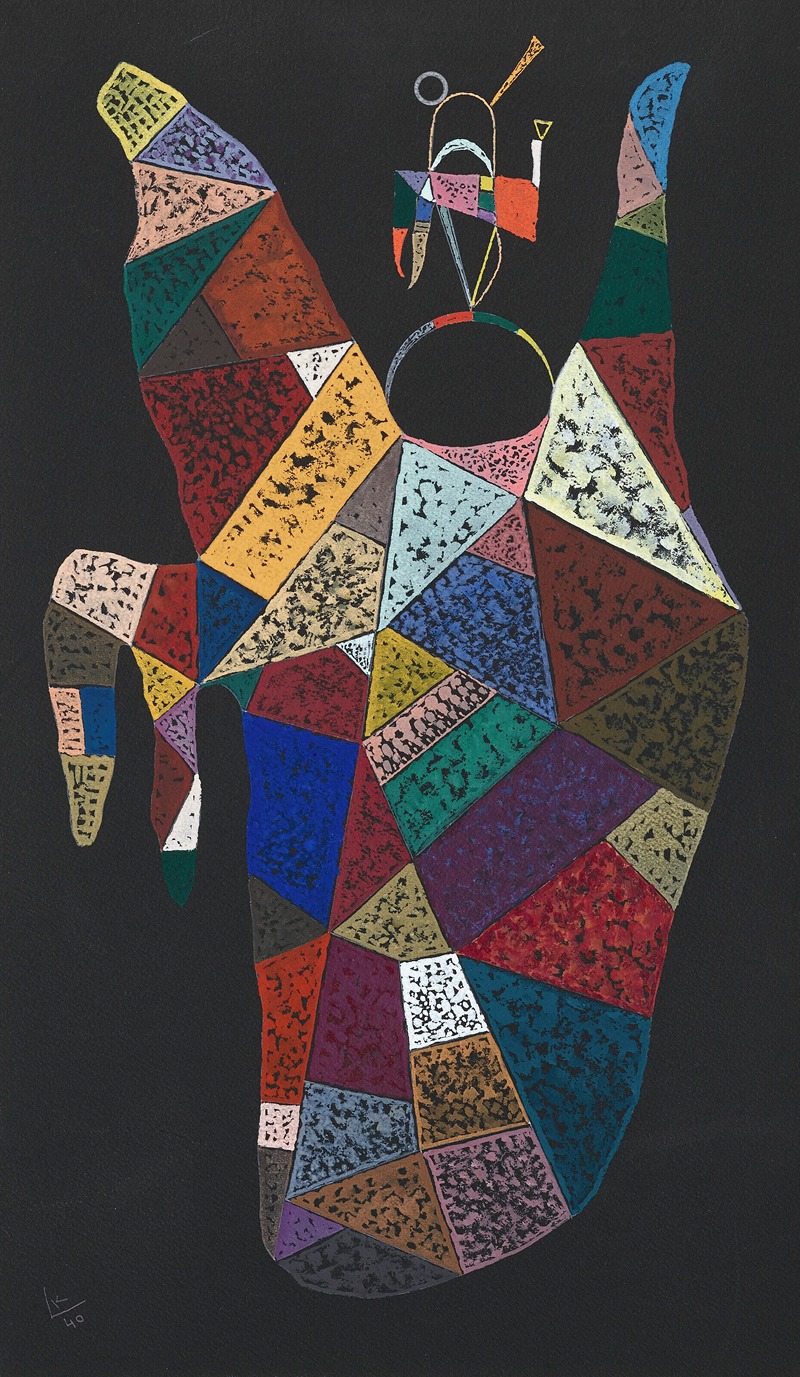
Ohne Titel
A hand-painted replica of Wassily Kandinsky’s masterpiece Ohne Titel, meticulously crafted by professional artists to capture the true essence of the original. Each piece is created with museum-quality canvas and rare mineral pigments, carefully painted by experienced artists with delicate brushstrokes and rich, layered colors to perfectly recreate the texture of the original artwork. Unlike machine-printed reproductions, this hand-painted version brings the painting to life, infused with the artist’s emotions and skill in every stroke. Whether for personal collection or home decoration, it instantly elevates the artistic atmosphere of any space.
Wassily Kandinsky, a pioneer of abstract art, created numerous works that explored the relationship between color, form, and emotion. One of his works, titled Ohne Titel (German for "Untitled"), reflects his innovative approach to visual expression. However, due to the generic nature of the title and the existence of multiple works by Kandinsky with similar or identical titles, it is challenging to attribute specific details to a single piece without additional context, such as the year of creation, medium, or dimensions.
Kandinsky's artistic philosophy was deeply influenced by his belief in the spiritual power of art. He sought to transcend the physical world and evoke inner feelings through abstract compositions. His works often featured dynamic arrangements of shapes, lines, and colors, aiming to create a visual language akin to music. This approach is evident in many of his untitled works, which allowed viewers to interpret the art without preconceived notions tied to a specific title.
If Ohne Titel refers to a piece created during Kandinsky's early abstract period (circa 1910-1920), it likely exhibits his transition from representational art to pure abstraction. During this time, Kandinsky was heavily influenced by his theoretical writings, particularly his seminal book Concerning the Spiritual in Art (1911), in which he articulated his ideas about the emotional and spiritual resonance of colors and forms.
Alternatively, if the work belongs to his later periods, such as his time at the Bauhaus (1922-1933) or his Paris years (1934-1944), it may reflect his evolving style, characterized by more geometric and structured compositions. Kandinsky's Bauhaus period, in particular, was marked by a synthesis of art and design principles, while his Paris works often displayed a softer, more organic aesthetic.
Without specific information about the particular Ohne Titel in question, it is impossible to provide a detailed analysis of the work. Kandinsky's extensive oeuvre includes numerous untitled pieces, many of which are held in private collections or museums worldwide. These works continue to be studied and celebrated for their groundbreaking contributions to modern art.
If further details about the specific Ohne Titel are available, such as its date, medium, or current location, a more precise description can be provided. For now, this general overview highlights Kandinsky's artistic legacy and the significance of his untitled works within the broader context of his career.





